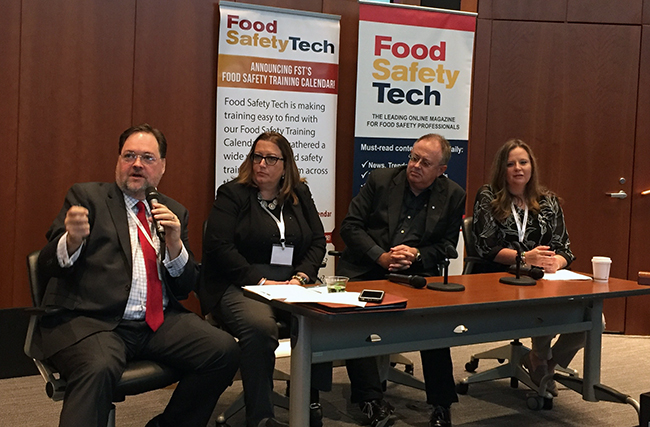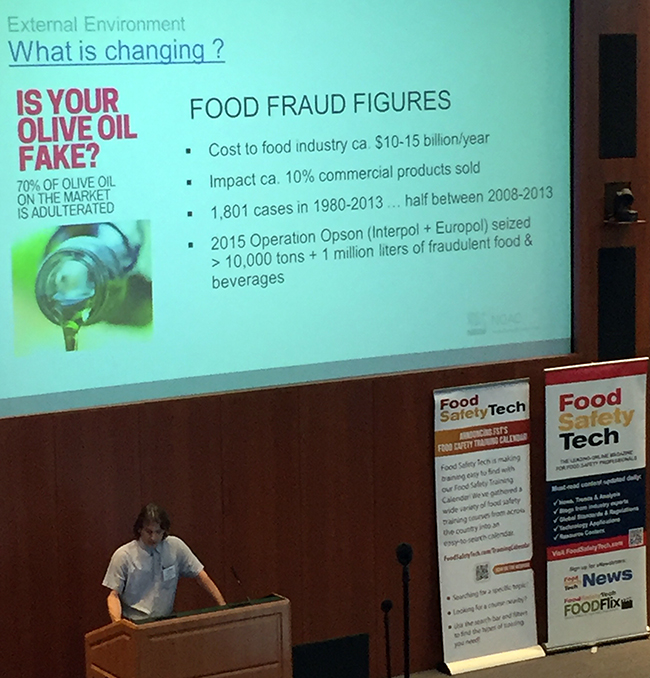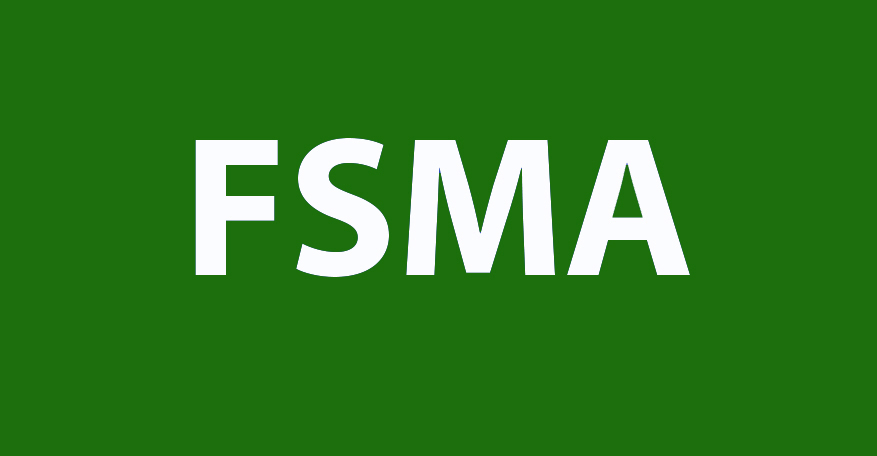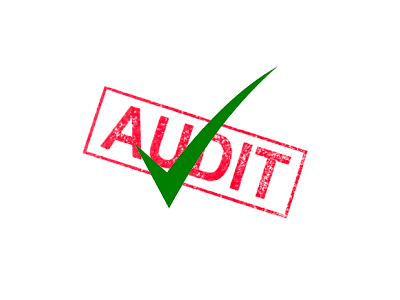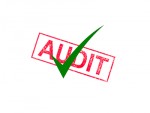In today’s global marketplace, it has become necessary for facility managers to implement more detailed inspection and documentation policies for incoming shipments as part of the larger food safety plan. But plan as you might, pests are adept at infiltrating food products and contaminating shipments. Their resilience and persistence will make you pay, literally, if you’re not paying close attention.
Pest management is a key component of any facility manager’s food safety plan, but understanding how best to prevent pests from compromising shipments—and by extension the supply chain—takes diligence. An integrated pest management (IPM) program is the best way to ensure that insects and rodents are kept away from processing, packaging and storing food products. Again, this information shouldn’t be anything new if you’re a food processing facility manager, but it’s important to note that IPM focuses on proactive prevention of pests, to align with FSMA’s Hazard Analysis and Risk-Based Preventive Control (HARPC) regulations. These newer regulations shift the focus from reacting to potential contamination concerns to preventing as many issues as possible. Being proactive is a must.
Aside from the legal backlash a facility could face if found if violating these rules, pest issues can also have a major negative impact on a business’ bottom line. Imagine the cost of even one of your outgoing shipments being contaminated by cockroaches or stored product pests. Now, imagine the impact on your business from consumer backlash if the pest-ridden shipment travels further down the line. Simply put, it’s never good if the pest problems are traced back to your facility.
So, what’s the best way to protect your supply chain from potential pest issues and remain compliant under FSMA and HARPC?
All food safety plans should have considerations in place based on a review from a Preventive Controls Qualified Individual (PCQI). This individual is responsible for preparing the document, with the input of as many departments and people as possible, such as QA/QC, maintenance, production teams, and more. Since pests are a common potential hazard, a pest management program should be included in the plan.
That being said, it’s important to inspect all incoming shipments. Even if suppliers have implemented measures to help keep pests away from their sites and products, pests are tough to entirely prevent and it’s always a possibility some have slipped through the cracks (literally!). Pests are attracted by food, water and shelter, so a truck transporting products to your facility is going to be chock-full of attractants! Carefully inspecting incoming shipments will not only help ensure pests don’t enter your facility, but it will help you and your supply chain partners target exactly where problems may be occurring. Forming good relationships with your suppliers, and keeping communication open can help to manage any issues that may pop up.
The faster pest issues are detected, the better. It’s easier to address a pest problem and more accurately pinpoint where it originated if it can be caught early. Otherwise, pests can reproduce quickly and spread, making it harder to pin down the source of an infestation and to treat it. It’s tough to overstate the importance of open lines of communicated between supply chain partners!
To avoid allowing pests into your facility or sending them to a supply chain partner, implement the following processes:
- Inspect shipments for pest activity, especially incoming shipments. Some common signs include live or dead insects, droppings and damage to the product and packaging.
- Ensure packaged products are properly sealed and undamaged before transport, and then check the transportation vehicle before loading product for shipping.
- If there is a pest sighting, remove any compromised product to avoid allowing pests to spread to other goods or find a way into the facility. If it can’t be removed from the facility, isolate it in a contained area and call your pest management provider immediately.
- Empower employees to call out pest issues as well by implementing a “see something, say something” policy. Don’t forget to have a pest sighting log, and let the employees know where it is and what to record.
- Use monitoring devices to detect pest activity levels. Devices like insect light traps, pheromone monitors, and glue boards can be easily placed in shipping and receiving areas as an early warning sign of pest activity.
With an untrained eye, pest issues can be difficult to notice. Ask your pest control professional about a free training session for employees. Most pest management companies offer this service free of charge, and it can be a big help. There’s no reason you shouldn’t take advantage.
The pest pressure a facility faces is dependent on a variety of factors including location, geography and the type of product being produced and stored. No two facilities are the same, which is why every pest management program should be customized to meet the needs of the business.
As a start, the following pests are the most common to find in the food processing industry.
- Rodents: Rats and mice can carry disease-causing pathogens that can be deposited onto other surfaces by simply making contact with equipment or products. Both are capable of fitting through tiny gaps (mice can fit through a hole the size of a dime, while rats can fit through a hole the size of a quarter), meaning any openings on the exterior of a building serve as a welcome mat to a curious rodent. To spot the signs of rodent activity, look for droppings and yellowish-brown grease marks around corners and along baseboards, as these marks can be caused as a rodent rubs against these areas. In addition, look for gnaw marks around any gaps or openings in walls and on products.
- Cockroaches: Able to squeeze their bodies through miniscule gaps, cockroaches will feed on just about anything. With a good food source, they can reproduce quickly. A couple cockroaches can become an infestation in a matter of months, especially with an abundant food supply. Cockroaches are most active at night, so if you see one during the day it’s a good sign that it’s time to act quickly!
- Flies: While less likely to find their way into packaged products, flies can spread dangerous, potentially disease-spreading pathogens on everything they touch. They usually don’t travel too far from their larval food source, but their ability to reproduce quickly can make them a nightmare to get rid of if steps aren’t taken to remove them immediately.
- Stored Product Pests: There are numerous kinds of stored product pests, but all are adept at thriving in and around products undetected. The Indian meal moth, for example, is a moth with small, cream colored larvae that will eat just about anything. Stored product pests are some of the most likely pests you’ll find on incoming shipments and in storage areas, as they’re right at home breaking into and surviving within product packaging.
Keep these pests on the radar, and make sure to take note of where pests are found and how many are spotted. The more information, the better, as it helps pest management professionals get to the root of pest problems.
Documentation is always a major key. It shows an auditor that careful planning and proactive prevention are points of emphasis, which will be important. Although there are numerous documents to keep on hand, add the following to your list in order to more easily demonstrate compliance with pest related FSMA regulations:
- Supply chain program, including suppliers and ingredients.
- Receiving procedures, including the pest management program that helps prevent pests from entering the facility on products or through loading areas.
- Receiving records, or, in other words, documentation of shipments received from suppliers.
- Monitoring records of any captured pests in or around the facility and any corrective actions.
- Application records for treatments used in and around the facility.
If suppliers are located in another country, note the requirements differ from facilities located in the United States. The FDA breaks this down on their website, but importing products from another country means a facility must follow the Foreign Supplier Verification Program. This comes with a different set of compliance documents and means the importing facility must monitor foreign suppliers’ food safety plans.
Remember: Preventing pests needs to be a proactive process included in the food safety plan. If you want your supply chain to remain pest free, partner with a pest management company and talk to your supply partners to establish standards for documentation and communication. All will benefit, as you’ll be able to catch problems early and have a better chance of keeping pests from wrecking your supply chain.
Read on for more articles by Chelle Hartzer.
How to Prepare for an Audit at Any Time
Minimize the Risk of Pests by Maximizing Your Staff













